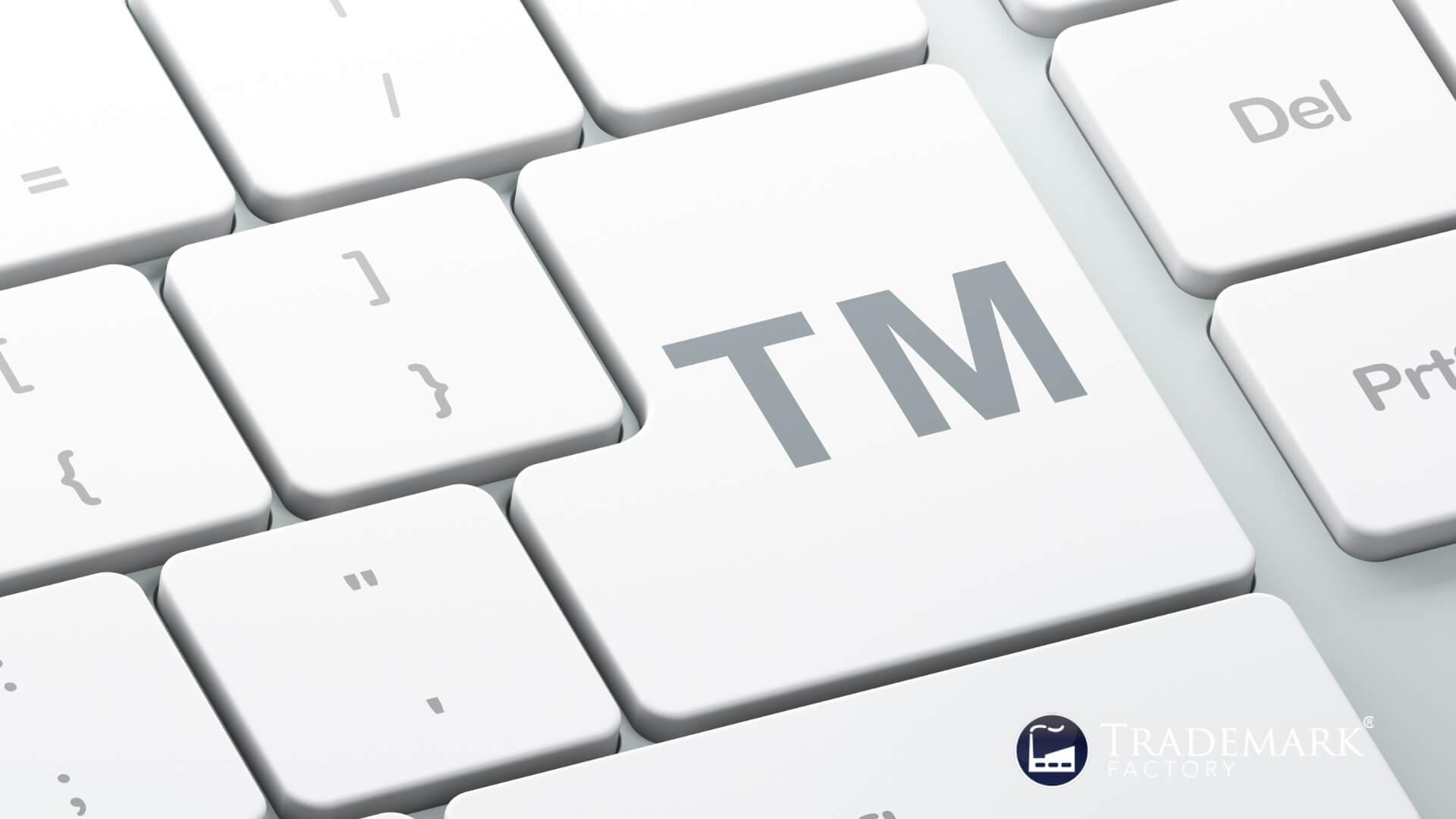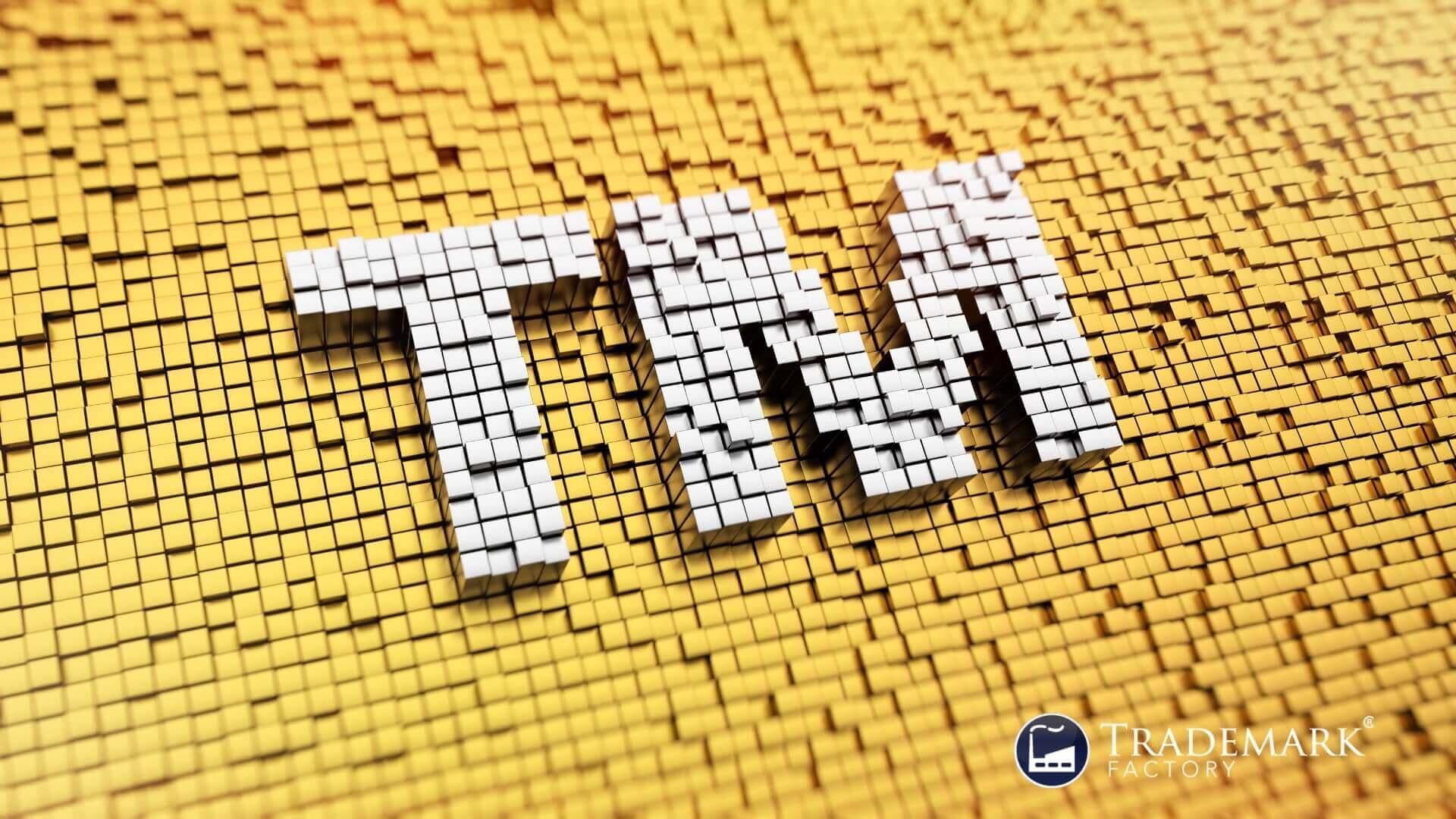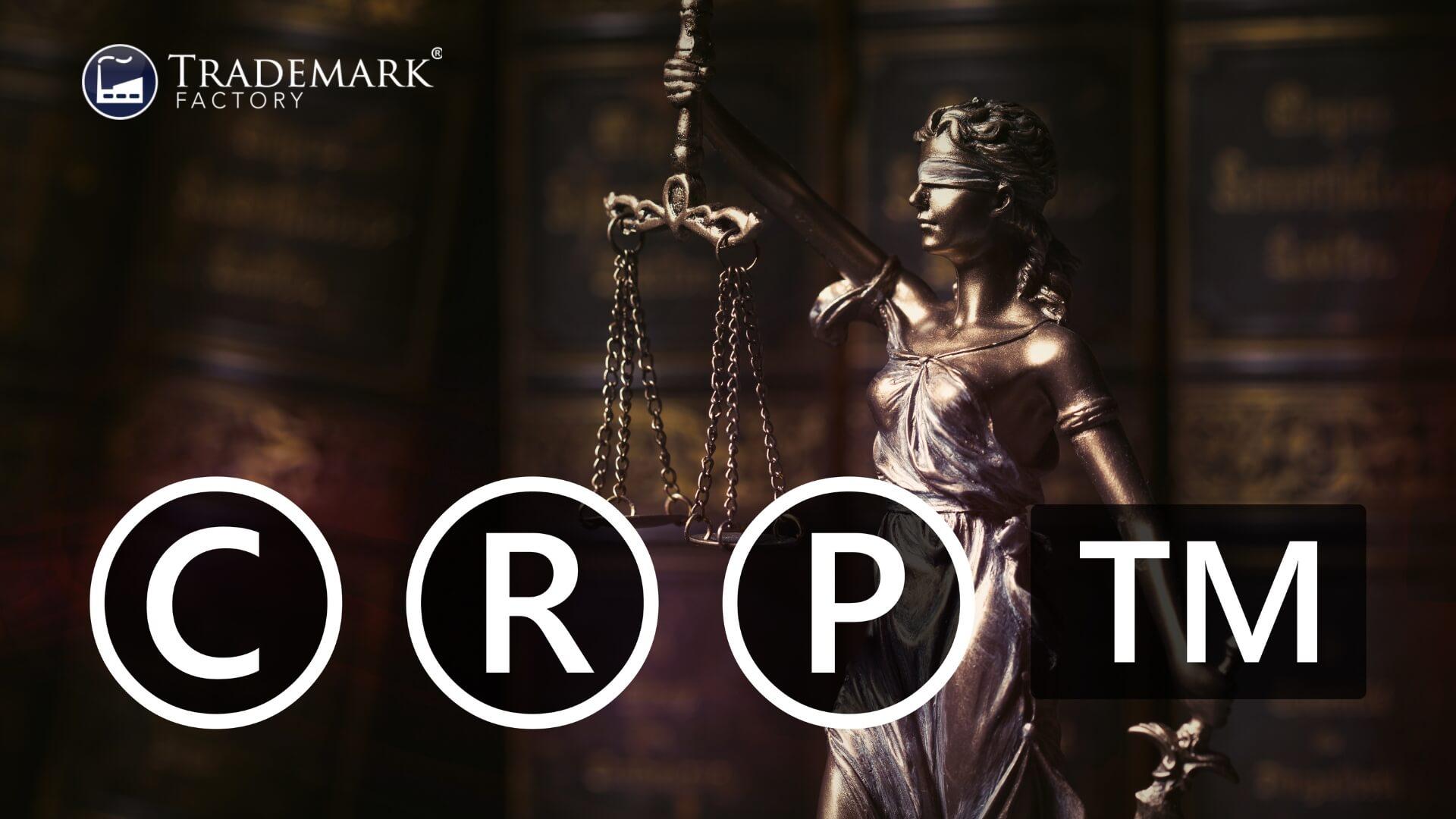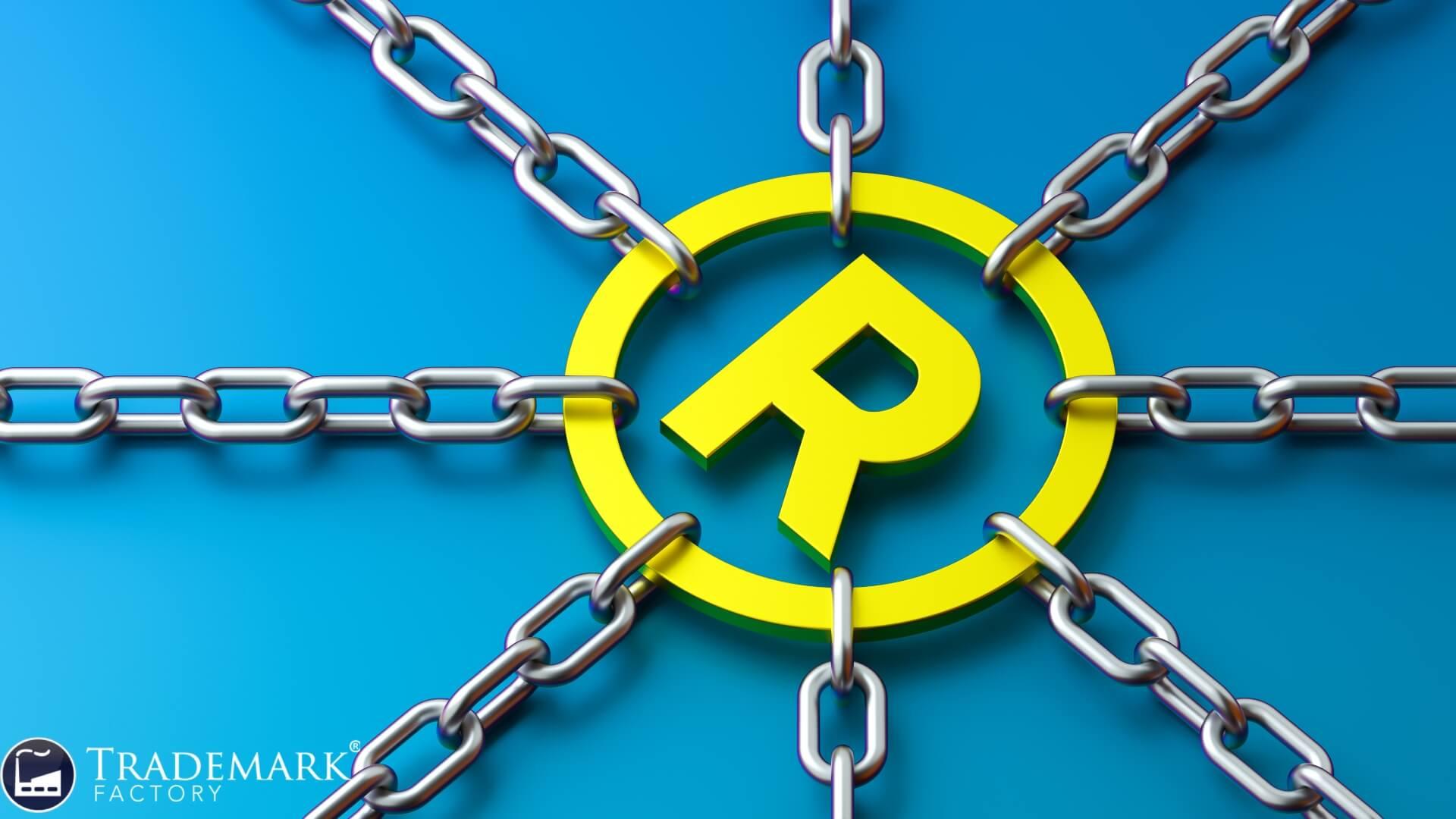What Is A Trademark Definitions & Essentials Guide

In the modern era of rapid globalization and technological advancement, the protection of intellectual property plays an increasingly crucial role in fostering innovation and ensuring fair competition. One key aspect of intellectual property protection is trademarks, which serve to distinguish goods and services offered by different entities and uphold their reputation in the marketplace. Trademarks not only promote a sense of brand loyalty among consumers but also provide businesses with legal recourse against unauthorized usage that may dilute or tarnish their core identity.
To appreciate the significance of trademarks in safeguarding commercial interests, it is vital to explore various aspects such as types, symbols, differences from copyrights and patents, benefits they offer to owners, classification systems used for registration purposes, international protection mechanisms available through treaties and conventions, potential infringement scenarios that can arise due to misuse or misappropriation by third parties, and licensing opportunities that allow for mutually beneficial collaborations.
Hence, here at Trademark Factory, we created this Full Overview Introduction To Trademarks. By delving into these topics thoroughly within this article, readers will gain a comprehensive understanding of how trademarks function as a critical pillar underpinning robust intellectual property frameworks worldwide.
Definition and Purpose of a Trademark

Trademarks purpose is to serve as a pivotal aspect of intellectual property protection, providing businesses with a unique identity that distinguishes their products and services from those of competitors. By establishing a legally recognized brand presence, companies can safeguard their reputation and goodwill in the marketplace. Moreover, trademark registration offers numerous advantages including exclusive usage rights, legal protections against infringement, and enhanced marketability for the business.
Trademarks: An Identity for Your Business
Establishing a unique identity for one's business is crucial in today's competitive market, and this can be achieved through the strategic use of trademarks that serve as distinctive identifiers while also contributing to brand building and safeguarding. Brand recognition is essential when aiming to attract loyal customers, and creating an easily identifiable logo or symbol can be instrumental in achieving this goal. Moreover, registering a trademark helps businesses avoid disputes with competitors who may have similar designs or ideas; it also ensures the exclusive right to use said mark in connection with specific goods or services. The renewal process for maintaining trademark rights typically occurs every ten years, demonstrating the long-term commitment required for effective brand protection. Additionally, infringement penalties discourage unauthorized parties from using another company's trademark without permission, thereby further protecting businesses' intellectual property assets. As entrepreneurs navigate these complexities of establishing their brands within their respective industries, understanding the various types of trademarks becomes paramount in ensuring effective intellectual property protection strategies are employed.
Types of Trademarks

The spectrum of trademark types encompasses a diverse range of elements that businesses can utilize to distinguish their products and services from those of competitors. These marks, which may include logos, slogans, and other distinctive features, play a crucial role in branding strategies by creating unique associations with the company's offerings. A thorough understanding of the various types of trademarks is essential for organizations seeking to establish a strong brand identity and protect their intellectual property rights.
Picking Your Mark: The Spectrum of Trademark Types
Selecting an appropriate and distinctive mark is crucial, as it encompasses a wide range of trademark types that vary in their degree of protectability and impact on brand recognition. It is essential to evaluate the options within the spectrum of trademark types while considering factors such as:
- Avoidance of common trademark pitfalls, which may lead to legal disputes or hinder the registration process
- Ensuring proper domain protection to prevent domain disputes and safeguard online presence
- Incorporating features like slogan protection and counterfeit prevention strategies for enhanced intellectual property defense
By carefully examining these aspects, businesses can establish a robust foundation for their trademarks, ultimately promoting consumer trust and loyalty. As one delves deeper into this realm, understanding different trademark symbols becomes equally important for effective brand positioning and communication.
Trademark Symbols

The power of symbols in the realm of trademarks cannot be underestimated, as they play a crucial role in indicating the status and protection afforded to a particular brand or product. Recognizing and utilizing trademark icons, such as ™, ®, and SM, is essential for businesses to assert their rights and prevent potential infringement. A comprehensive understanding of these symbols will enable stakeholders to navigate the complex landscape of intellectual property effectively and safeguard their distinctive assets.
The Power of Symbols: Recognizing and Using Trademark Icons
Employing appropriate trademark icons effectively contributes to brand recognition and respect, while also providing legal benefits for businesses. The power of symbols lies in their ability to convey complex ideas and emotions in a simple visual form, making it crucial for businesses to understand the significance of symbol usage in promoting their products or services.
1. Symbol Significance: Trademark symbols such as ™, ®, and SM communicate essential information about a product's source and ownership, helping consumers make informed decisions when purchasing goods or services.
2. Icon Evolution: As brands evolve over time, so do their trademark icons; these changes reflect shifts in consumer preferences and market trends that can impact brand perception and loyalty.
3. Trademark Misconceptions: A common misconception is that trademarks only protect logos; however, they encompass various elements such as names, slogans, sounds, colors, shapes – anything distinctive enough to identify a specific source.
By employing logo psychology principles that tap into consumer desires for belongingness and connection with others who share similar values or lifestyles – businesses can create powerful branding strategies rooted in visual storytelling techniques aimed at fostering brand recognition among target audiences. This awareness of symbolic communication will ultimately lead entrepreneurs towards more effective intellectual property management practices as they navigate the complexities of trademark vs copyright vs patent protection mechanisms within today's global marketplace.
Trademark Vs Copyright vs Patent

Intellectual property protection plays a crucial role in fostering innovation and creativity by safeguarding the rights of creators, inventors, and businesses. To ensure effective protection, it is vital to understand the distinctions and interrelationships between the three core types of intellectual property: trademarks, copyrights, and patents. A comprehensive discussion on these essentials will elucidate when and why each form of protection should be employed, thereby facilitating informed decision-making for individuals and organizations alike.
Intellectual Property Essentials: Trademark, Copyright, and Patent
In the realm of safeguarding a company's valuable assets, understanding the distinctions between trademark, copyright, and patent rights is crucial for ensuring comprehensive coverage and fostering business growth. Trademark longevity offers enduring protection to distinctive brands, logos, and symbols associated with a particular company or product; this can even extend to celebrity trademarks that create an emotional connection with a target audience. Moreover, by establishing ownership over intellectual property such as domain names or slogans through trademark registration, businesses can prevent disputes and protect their online presence from infringement. Copyright law safeguards original works of authorship like books, films, music compositions or software codes from unauthorized copying and distribution while patents secure exclusive rights to inventors for new inventions or discoveries in various fields. Additionally, enforcing these IP laws helps combat counterfeit goods entering the market which not only affects brand reputation but also consumer confidence in purchasing genuine products. As we delve further into the benefits of trademarks in the following section, it becomes evident that they play an indispensable role in bolstering a company's competitive edge within its industry.
Benefits of Trademarks

Leveraging trademarks serves as a crucial strategy for businesses seeking to reap the benefits of brand protection. By registering a trademark benefits the companies can not only differentiate their products and services from competitors but also enhance their overall market positioning. This discussion aims to elucidate the various advantages of trademark ownership, focusing on how it bolsters business value and competitiveness in contemporary markets.
Leveraging Trademarks: Reaping the Benefits of Brand Protection
Utilizing distinctive symbols and names to secure brand identity affords numerous advantages in terms of safeguarding business assets and promoting consumer recognition. Brand valuation, a key aspect of leveraging trademarks, allows companies to assess the worth of their intangible assets accurately and aids in making informed strategic decisions. Infringement remedies provide legal recourse for businesses whose trademarks have been misused or imitated, thereby protecting their reputation and market share. Domain disputes can also be resolved more effectively with registered trademarks, ensuring that online presence remains consistent and trustworthy. Counterfeit combat strategies benefit from trademark protection as well, enabling companies to take action against unauthorized replication of their products or services. Lastly, registration renewals ensure that a company's trademark rights remain up-to-date and enforceable over time. These multifaceted benefits ultimately contribute to the overall success of a business by fostering consumer trust and loyalty while defending against potential threats. This dynamic concept is further explored through the categorization of various industries under 'trademark classes'.
Trademark Classes

Navigating the intricate landscape of trademark classes is essential for successful registration and protection of intellectual property. As a vital component of trademark law, these classifications serve as a roadmap to categorize goods and services accurately, ensuring that trademarks do not infringe on existing registrations. A comprehensive understanding of this system not only streamlines the registration process but also helps prevent potential legal disputes arising from overlapping or misaligned classifications.
Navigating Trademark Classes: A Roadmap for Successful Registration
Effectively identifying the appropriate trademark classes for goods and services is crucial to ensuring a successful registration process and safeguarding one's brand. To avoid trademark pitfalls, it is essential to develop well-planned registration strategies that address potential class conflicts and consider global implications. Navigating through the application process requires thorough research, understanding of the classification system, and foresight in anticipating future business growth in order to select accurate classes that fully protect intellectual property rights. In today's increasingly interconnected world, businesses must also bear in mind international trademark protection as an integral aspect of their overall strategy.
International Trademark Protection

In the era of globalization, protecting one's brand across borders has become a crucial aspect of intellectual property management. International trademarks protection plays a pivotal role in safeguarding businesses from infringement and ensuring consistent branding worldwide. This discussion will delve into the realm of international trademark protection, exploring its significance as well as mechanisms such as treaties and conventions that facilitate cross-border enforcement of trademark rights.
Protecting Your Brand Across Borders: The Realm of International Trademarks
Securing your brand's identity on a global scale necessitates an understanding of the complex world of international trademarks and their implications for businesses. Navigating this realm involves addressing global enforcement strategies, overcoming registration challenges in different jurisdictions, accounting for cultural considerations that may impact trademark usage, resolving domain disputes to protect online presence, and engaging in effective counterfeit combat to safeguard brand reputation. As businesses expand across borders, it becomes increasingly important to develop comprehensive trademark protection plans that take into account these diverse elements. In doing so, organizations can effectively prevent unauthorized use of their intellectual property and maintain a strong brand image worldwide. This understanding lays the foundation for addressing the more specific issue of trademark infringement and its ramifications for businesses operating in multiple countries.
Trademark Infringement

Trademark infringement poses a significant threat to businesses, as it can lead to consumer confusion, dilution of brand value, and loss of revenue. Proactive monitoring and enforcement are essential in protecting one's intellectual property rights and maintaining the integrity of a brand. This discussion will explore various strategies for tackling trademark infringement, emphasizing the importance of vigilance and swift action in safeguarding businesses' valuable assets.
Guarding Your Mark: Tackling Trademark Infringement
Navigating the complexities of trademark infringement requires a thorough understanding of the essential components involved in such claims, as well as effective strategies for mitigating potential disputes. To successfully guard one's mark and tackle trademark infringement, consider these four key areas: 1) Infringement remedies, which may include monetary damages, injunctive relief or destruction of infringing goods; 2) Counterfeit combat, which entails identifying and addressing counterfeit products that bear an unauthorized use of your mark; 3) Online infringement, where monitoring and taking action against unauthorized uses on websites and social media platforms is crucial; and 4) Domain disputes resolution, involving the process of settling conflicts over domain names that contain or are similar to your trademark. By employing litigation strategies tailored to each specific situation and remaining vigilant in protecting one's intellectual property rights through proactive measures like monitoring usage across various platforms, brand owners can effectively safeguard their valuable trademarks. This strong foundation in protection will prove instrumental when navigating the intricate world of trademark licensing.
Trademark Licensing

Harnessing the potential of a brand through trademark licensing offers numerous benefits for both licensors and licensees. By engaging in such agreements, companies can expand their brand reach while generating additional revenue streams. Furthermore, trademark licensing fosters business growth by facilitating collaboration between organizations and promoting innovation within various industries.
Harnessing Your Brand's Potential: The Power of Trademark Licensing
Capitalizing on the inherent value of a brand can be significantly enhanced through strategic and well-executed licensing agreements, which not only generate revenue streams but also extend the brand's reach and influence in new markets. By engaging in such arrangements, both licensors and licensees benefit from brand expansion, with licensors gaining access to innovative products and services while licensees leverage the established reputation of the licensor for increased market penetration. Furthermore, royalty negotiations foster mutually beneficial financial arrangements as part of these strategic partnerships, ensuring that both parties reap substantial rewards from their collaboration. In this way, trademark licensing serves as a powerful tool to harness a brand's potential by facilitating growth opportunities and diversification into untapped sectors while simultaneously strengthening its core identity in an increasingly competitive global marketplace.
Frequently Asked Questions

What is the process and cost involved in registering a trademark?
Registering a trademark entails navigating through various stages, which involve understanding the immense benefits of securing a unique brand identity, addressing challenges in the registration process, and ensuring compliance with international trademark norms. The procedure typically includes conducting a thorough search for similar existing trademarks, filing an application with appropriate fees, responding to potential oppositions or office actions from examining authorities, and ultimately obtaining registration approval. Costs associated with this process may vary depending on jurisdictional requirements and professional assistance sought. As online marketplaces continue to expand globally, businesses must remain vigilant in mitigating trademark-related issues such as cybersquatting or unauthorized use of their intellectual property; failure to do so can result in severe infringement consequences that undermine brand reputation and loyalty among consumers who seek a sense of belonging in their purchasing choices.
How long does it take for a trademark application to be approved, and what factors can influence this timeline?
The duration of the trademark application approval process varies significantly depending on several factors, including the nature of the application and jurisdiction. Trademark renewal procedures, for instance, can impact timelines, as well as opposition periods during which third parties may contest a submitted application. Expedited applications may further affect processing times, allowing applicants to receive decisions more swiftly if they meet specific criteria or pay additional fees. International trademarks add complexity to this process due to differences in regulations and administrative practices across countries. Additionally, domain name conflicts can present challenges in securing trademark rights online and might necessitate legal resolutions before an application is approved. Understanding these factors enables applicants to better anticipate potential delays and navigate the complexities involved in obtaining trademark protection for their intellectual property.
Can a trademark be refused registration, and if so, what are the common reasons for refusal?
Trademark refusals, although not commonplace, do occur when registration obstacles hinder the approval process. Common reasons for refusal include an applicant's inability to meet distinctiveness criteria or conflicts with pre-existing trademarks. In such cases, objection handling becomes imperative for the applicant to address these issues effectively and secure registration. Additionally, legal remedies may be sought in instances where procedural errors or misinterpretation of trademark regulations contribute to a refusal, providing applicants with avenues to challenge decisions and ultimately achieve successful registration. Engaging with relevant expertise can significantly enhance one's understanding of these complex matters and foster a sense of belonging within the intellectual property community while navigating potential hurdles in trademark protection endeavors.
How can a business owner monitor and enforce their trademark rights to prevent infringement?
To effectively safeguard one's trademark rights and deter potential infringements, business owners must actively monitor their intellectual property through various channels, including the marketplace and online platforms. Establishing robust licensing agreements can further bolster these efforts by providing clarity on permissible use of the trademark while granting legal recourse in cases of unauthorized usage. Should infringement or brand dilution occur, swift enforcement measures are crucial to mitigate damage; this may include pursuing litigation to seek injunctive relief and infringement penalties or employing alternative dispute resolution mechanisms. Integrating a comprehensive online enforcement strategy is equally vital, as the digital landscape presents unique challenges and opportunities for both trademark protection and exploitation. By proactively engaging in these practices, businesses can strengthen their brand identity and foster a sense of belonging among consumers who value originality, authenticity, and consistency in goods or services they choose to patronize.
Are there any limitations or restrictions on the use of a registered trademark, such as geographical boundaries or industry-specific limitations?
Registered trademarks, while serving as valuable intellectual property assets for businesses, are subject to certain geographical limitations and industry boundaries. National restrictions often confine the scope of trademark protection within the borders of the registering country, potentially leading to cross-border disputes when similar marks are registered in multiple jurisdictions. To mitigate such conflicts and facilitate international registrations, various treaties and agreements have been established that enable broader protection across several countries. However, even with these provisions in place, trademark owners must remain vigilant about potential infringement within their specific industry sectors, as the extent of protection may vary depending on the nature of goods or services associated with a particular mark.
Conclusion

In conclusion, trademarks play a vital role in the protection of intellectual property. As a key pillar of IP rights, they enable businesses to protect their brand identity and foster consumer trust by distinguishing their products and services from those of competitors.
Moreover, understanding the different types of trademarks, symbols, and international regulations is crucial for companies operating in global markets. By ensuring proper trademark registration and enforcement, businesses can safeguard their valuable assets against infringement while promoting innovation and market growth.
Subscribe to Trademark Wednesdays, our weekly newsletter where we'll send fun and informative trademarking topics straight to your inbox.




